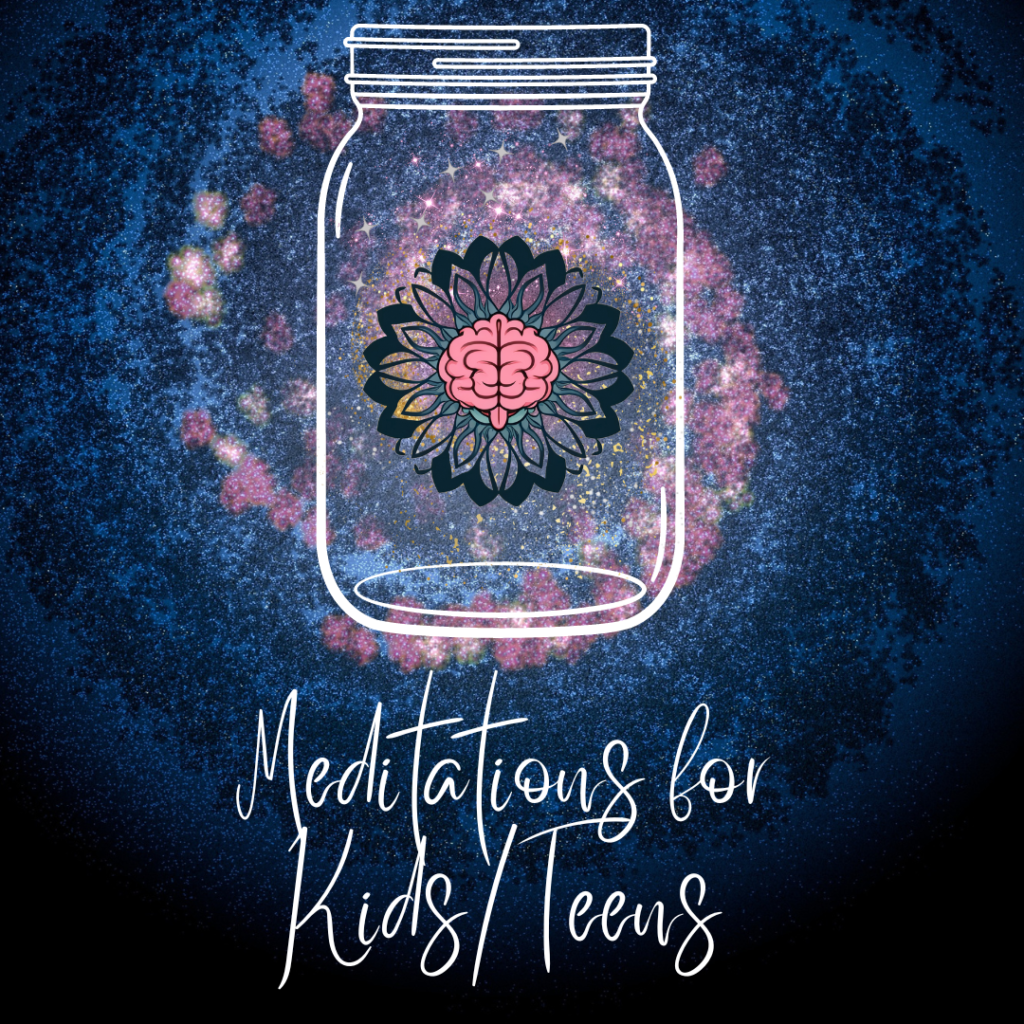
Mindfulness, rooted in centuries-old traditions, has gained contemporary relevance through its scientifically-backed benefits in enhancing focus, mental well-being, and emotional regulation. The importance of introducing mindfulness to children and teens cannot be overstated, as early adoption can significantly influence developmental trajectories and lifelong habits.
The Essence of Mindfulness in Youth Development
Mindfulness practices for children and teens are not just about achieving momentary calm; they are about cultivating a sustained awareness of one’s thoughts, feelings, and environment. This heightened awareness is crucial for young individuals navigating the complexities of modern education systems and social interactions.
Practical Mindfulness Activities for Youth
1. Mindful Posing
Objective: To empower children with feelings of strength and happiness through simple body poses.
Instructions:
• Select a Pose: Begin by introducing poses such as “The Superman” or “The Wonder Woman.” Explain how these heroes stand tall, confident, and strong.
• Practice Together: Have the children stand in their chosen pose and hold it for a few minutes. Encourage them to feel the strength and confidence building in their bodies.
• Reflect: After the exercise, ask the children to express how the pose made them feel and if they felt any different than before.
2. Spidey-Senses
Objective: To sharpen the children’s sensory perceptions and awareness, similar to a superhero’s heightened senses.
Instructions:
• Find a Quiet Space: Take the children to a safe and quiet outdoor or indoor area.
• Guide Their Awareness: Instruct them to close their eyes and focus on one sense at a time. For example, first listen to the sounds around them, then focus on what they can smell, and so on.
• Discussion: After the exercise, discuss what they noticed that they might not have before when they were not paying attention.
3. The Mindful Jar
Objective: To use a visual tool to illustrate the concept of settling thoughts.
Instructions:
• Prepare the Jar: Fill a clear jar with water, add a spoonful of glitter and a drop of clear glue to slow down the settling process.
• Shake and Settle: Have the children shake the jar and watch the glitter swirl around. Explain that the glitter represents their thoughts when they are stirred up and busy.
• Observe: As the glitter settles, guide the children to imagine their thoughts settling down, leading to a state of calmness and clarity.
Mindfulness in Educational Settings
Incorporating mindfulness into schools can yield diverse benefits, impacting everything from academic performance to social skills and emotional resilience. Techniques like guided meditations, mindful listening with bells, and regular breathing exercises can be seamlessly integrated into daily school routines.
Advanced Mindfulness Techniques for Older Teens
As children grow into teenagers, mindfulness practices can evolve to address more complex challenges such as stress management and self-esteem issues. Techniques like mindful walking, advanced body scans, and participation in neurofeedback guided meditation can be particularly beneficial.
Supporting Mindfulness Practice at Home
Parents and caregivers play a crucial role in reinforcing mindfulness. Creating a supportive environment at home, where mindfulness exercises are part of regular routines, can help children internalize these practices. This includes setting aside time for mindfulness activities and leading by example.
Mindfulness offers a foundation for children and teens to develop key life skills that foster resilience, empathy, and a profound sense of self-awareness. Whether through structured programs in schools or informal activities at home, mindfulness equips young minds to navigate their developmental years with confidence and calm.
